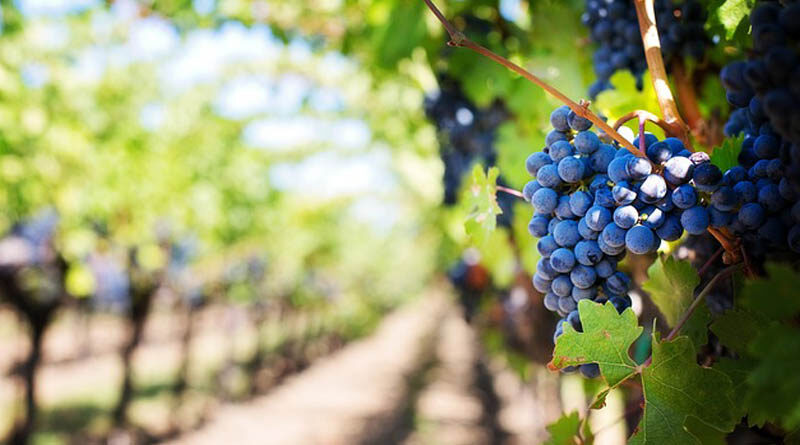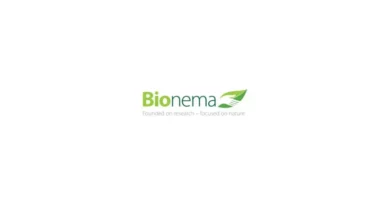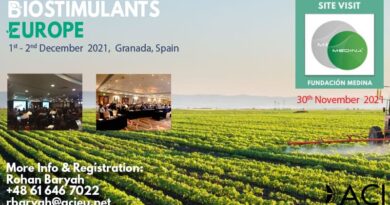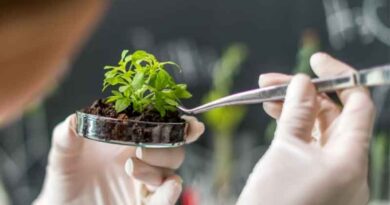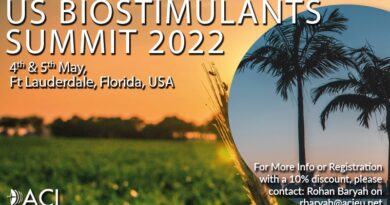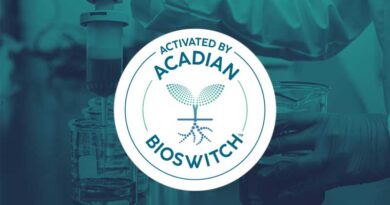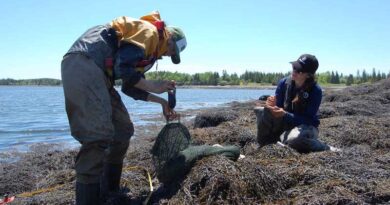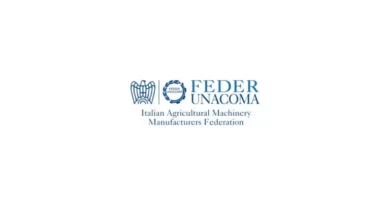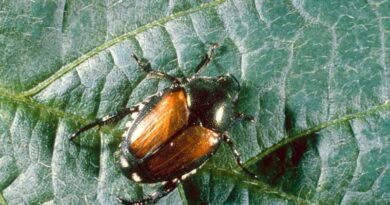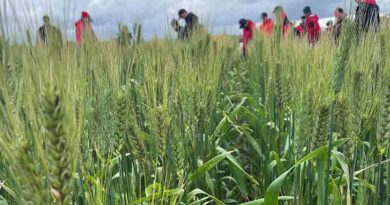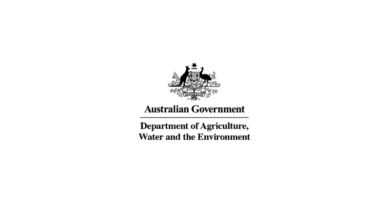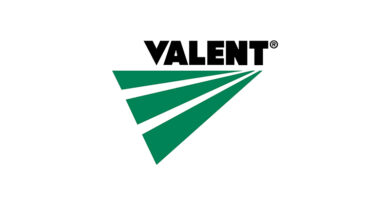Biostimulants market growing strongly at 10% per annum
13 December 2022, EU: The global market for biostimulants was worth around US$2,556 million in 2021 at the manufacturer level, and it is growing with a CAGR of around 10%, as estimated by S&P Global.
Over 500 companies are involved in the biostimulants and biological control agent market, many selling both types of products and include fertiliser companies, agribusinesses and specialist biological companies. The market is highly competitive, with relatively low barriers of entry compared with those for conventional crop protection market.
The market includes the following main segments: seaweed extracts, humic & fulvic acids, amino acids, and microbial biostimulants. Of the four main segments of the biostimulants market, seaweed extracts is the largest, accounting for around 40% of the total market, equating to around $935 million in 2021. Humic and fulvic acids are the second largest segment at around $843 million.
While biostimulant products have been around for many years, sales began to take off from 2000 onwards due to growing global population, development of more-effective products, the entry of investors; better knowledge among growers; and the development of legislation to boost grower confidence. A new factor, influencing biostimulants demand in 2022, is the rise of fertilizer prices due to the war in Ukraine and increase in energy prices.
Factors impacting the market include the lingering poor reputation of biostimulants, and, for some products, the lack of convincing evidence of efficacy. As the sector is comparatively new, many growers and advisers also lack knowledge to best utilize the products. In addition, fluctuating commodity prices mean that when prices are low, growers may be less keen to invest in a new type of input.
Europe is the largest regional market, with around 38% of global sales. The second biggest market is Asia Pacific with 27% of sales, followed by Latin America with 20%. North America follows with 13 % of the market. In Europe, the Mediterranean countries, particularly Spain, Italy and France, are leading the way for production and usage of biostimulants.
Currently it is estimated that almost half of the total market value of biostimulants in Europe is for row crops, including cereals, oilseeds, pulses and fiber crops. Around 30% of use is attributed to fruits and vegetables, and around 11% to turf and ornamentals. The Farm to Fork strategy sets concrete targets to transform the EU’s food system, including a reduction by 50% of the use and risk of pesticides, and reaching 25% of agricultural land under organic farming. Integrated Pest Management (IPM) is also being promoted by the Commission.
Asia-Pacific is generally considered to be the fastest growing region for biostimulant sales. Increased food demand, particularly in China and India, coupled with a growing focus on sustainable farming and enhanced productivity will fuel the consumption of biostimulants in the region.
The agricultural biostimulant market is segmented across row crops (including cereals), fruit and vegetables, turf and ornamentals and other crops. Usage is split nearly evenly between the first two categories, which together represent some 80% of the total market. While row crops and cereals use a lower volume of biostimulants on a per hectare basis than fruit and vegetables, these crops cover a much larger total area.
Also Read: GROWiT launches India’s first protective farming eCommerce portal
(For Latest Agriculture News & Updates, follow Krishak Jagat on Google News)

